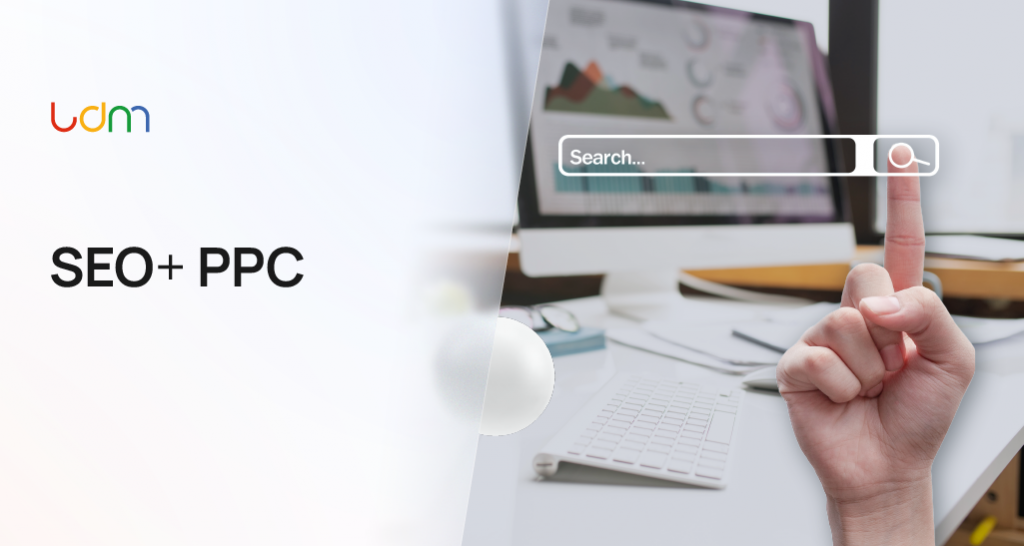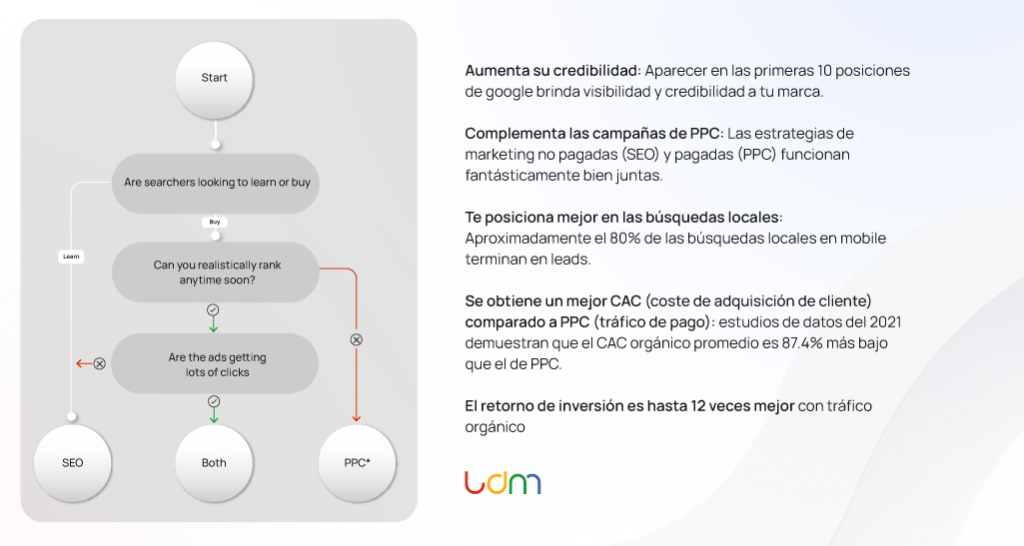
SEO today
As of 2018, the game in SEO, (search engine positioning or Search Engine Optimization), has changed a lot; Google leads as the number one search engine on the web since more than 90% of the queries are made there, not to mention that YouTube is usually the next on the list, and practically, the other relevant search engines are highly dependent on technology. from Google to work.
As a result of the popularization of Inbound Marketing or Content Marketing, millions of sites arose that sought to position themselves by offering content that does not really add value to the user, nor does it enrich the information on the web; the sites may well meet all the Technical SEO guidelines, but the quality of the information is questionable. According to Gary Illyes, Webmaster Trends Analyst at Google, the search engine is very focused on removing duplicate content since 60% of the content on the internet is copy.
This not only has implications for user experience and data quality, there is real concern about the environmental impact of tracking this many sites. Added to this, in 1998, with PageRank it was confirmed that the number of links pointing to a site influences its positioning, causing the proliferation of portals whose sole purpose is to generate links to catapult others that really do not deserve the place they hold in the SERPs (Search Engine Results Pages); nowadays the quality of backlinks matters more than the quantity.
Why is it so important to include SEO in your strategy?
SEO goes far beyond keywords and metadata. With the incorporation of natural language processing technologies (BERT/MUM), the search engine has the ability to interpret the content, literally, just as we humans do. Additionally, there is a particular focus on the need to guarantee the web as a space for everyone; accessibility is something that is not up for discussion and with the popularization of smart speakers and other technologies, the Internet has more ways to experience and universalize its access.

PPC meets SEO
Here is a very important clarification; It’s not that one is better than the other. The most valuable thing about the two strategies is when they come together and complement each other. Leaving out one of the two in your digital campaigns leaves very large gaps in the strategy that in the long term is reflected in the positioning results of your brand.
Many times we consider the measurement of our campaigns with an incorrect KPI or that is not appropriate to the objective of the brand or the optimal one to make a strategic decision.
The main one that we always take into account is the CTR, which without a doubt in many reports is better in PPC than in SEO, however very rarely do we consider a key indicator, the CAC (customer acquisition cost).
This is when our entire strategic vision changes.
“On average, the CAC of organic search for brands is 87.4% lower than PPC”.

Those who, on the other hand, offer quick solutions, immediate results and offers that sound too good to be true, are, in effect, falsehoods or, they would be based on corrupt practices that can circumvent the ranking factors, giving “results” for a while and in The negative consequences will be seen in the short-medium term, compromising the investment, having missed the opportunity to establish a solid base of organic traffic that is in line with the values and vision of the brand and the company.
At LDM we have worked with large-scale brands, we have the knowledge and the appropriate methodology to offer tailored SEO solutions that respond to the real needs of the user and that seek, on the one hand, to guarantee sustainable results over time, maximizing the return on investment, and on the other, establishing long-term alliances with our clients, forming a bond of trust, based on results.
Contact us and take your customer journey to the next level!




